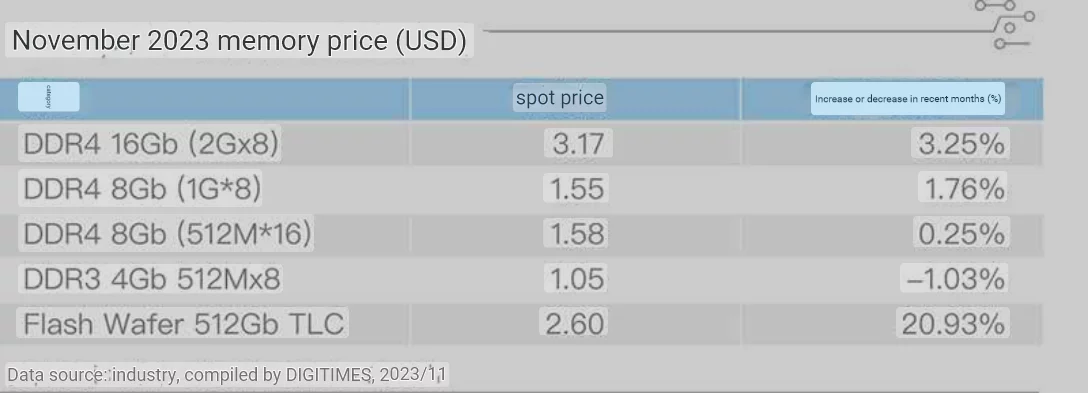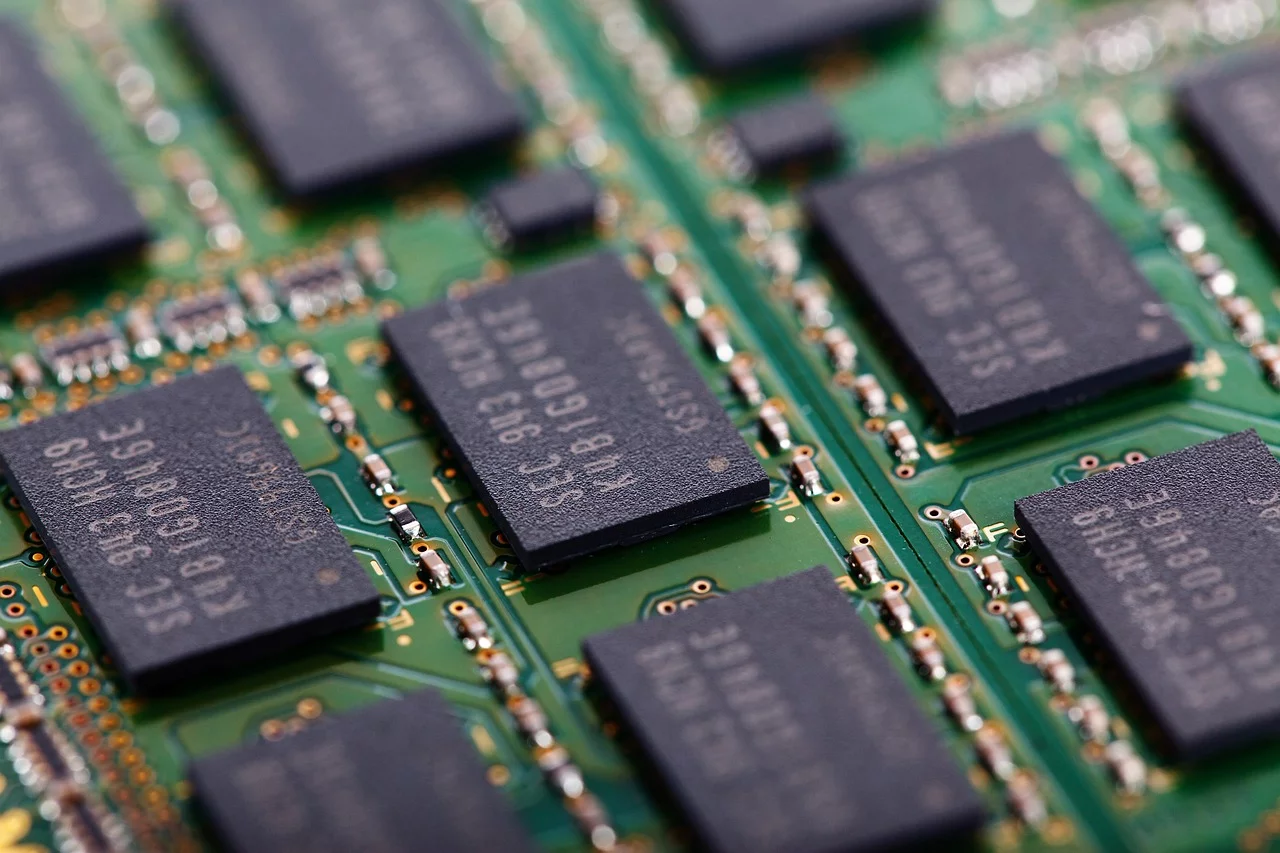After a year of getting cheaper, RAM and SSD prices are all set to increase. All thanks to production cuts by chipmakers.
Due to international lockdowns, everyone had to start doing their work from home. Thanks to that, the demand for computer parts had increased significantly. This demand had caused massive shortages in supply of computer parts.
The shortage of computer parts was not limited to just graphics cards. But it also included RAM, SSD and others. As lockdowns were lifted and people went back to work from their workplace, the demand for the computer parts decreased too.
This decrease in demand meant that chipmakers, including the ones which make chips which go in RAM and SSD, were leftover with a huge amount of unsold inventory with them. This lead to RAM and SSDs getting cheaper.
The famous DRAM (RAM chips) and NAND (SSD chips) makers are Samsung, Kioxia, SK Hynix, Micron and others. So what did these manufacturers do with unsold inventory. They stopped or decreased the production of the DRAM and NAND ships. This meant that after some time, the prices of RAM and SSD would increase.
New evidence shows that the prices of DRAM and NAND chips are increasing by now.
DRAM And NAND Chips Prices Rise

Taiwan based DIGITIMES reports (translated), via @dnystedt and Tom’s Hardware, that the prices of DRAM and NAND chips have started increasing in the spot market. Spot market prices give us more immediate information, which is unlike long term contracts where prices are fixed for a longer term.
The report says that the 512Gb TLC NAND wafer prices have increased as much as 20% in a single month. If that is not alone, the prices of DDR5 RAM chips too seem to have increased in double digits, thanks to the increasing demand in the newer RAM.
Even the prices of DDR4 RAM chips are increasing. With an average increase of at least 3% per month, having a 10% increase since August. This is unlike DDR3, which continue to get cheaper.
The reason behind all this is simple. NAND chipmakers are holding onto their inventory, causing the price of SSDs to increase, so they can profit due to it. This is because these manufacturers are currently selling these chips at a loss.
For example, a year ago, a single 512Gb TLC NAND wafer used to sell at $1.4, that has increased to $2.6 this month. However, the prices need to reach at least $3.2 to $3.5 for chipmakers to reach a breakeven (no profit, no loss) point.
So big are the losses that all manufacturers are running at a loss of $6 billion each, which is down from $8 billion of losses they had a quarter ago, thanks to them cutting-down on production.
Conclusion
The report mentions that the production of DRAM and NAND chips are going to decrease further going into 2024. This means that the prices of RAM and SSD is only going to increase further.
So what we can suggest is simple. If one wants to buy or upgrade their RAM or SSD soon, now is the correct time. As otherwise, the prices are only going to increase further.



3175x175(CURRENT).thumb.jpg.b05acc060982b36f5891ba728e6d953c.jpg)
Recommended Comments
There are no comments to display.
Join the conversation
You can post now and register later. If you have an account, sign in now to post with your account.
Note: Your post will require moderator approval before it will be visible.